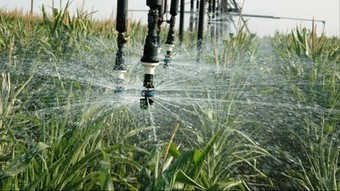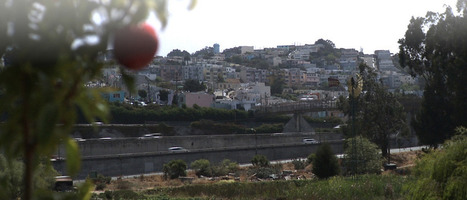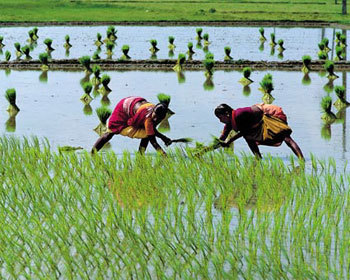Feb 28, 2013 - Guardian Environment
Wild bees and other insects twice as effective as honeybees in producing seeds and fruit on crops.
The decline of wild bees and other pollinators may be an even more alarming threat to crop yields than the loss of honeybees, a worldwide study suggests, revealing the irreplaceable contribution of wild insects to global food production. ...trucking in managed honeybee hives did not replace wild pollination when that was lost, but only added to the pollination that took place.... http://www.guardian.co.uk/environment/2013/feb/28/wild-bees-pollinators-crop-yields
SAVE THE BERRIES, SAVE THE BEES, SAVE ME ... MUCH MORE ON THE TRAGEDY OF THE DISAPPEARING BEES AND POLLINATORS
http://www.scoop.it/t/biodiversity-is-life?q=BEES



 Your new post is loading...
Your new post is loading...












